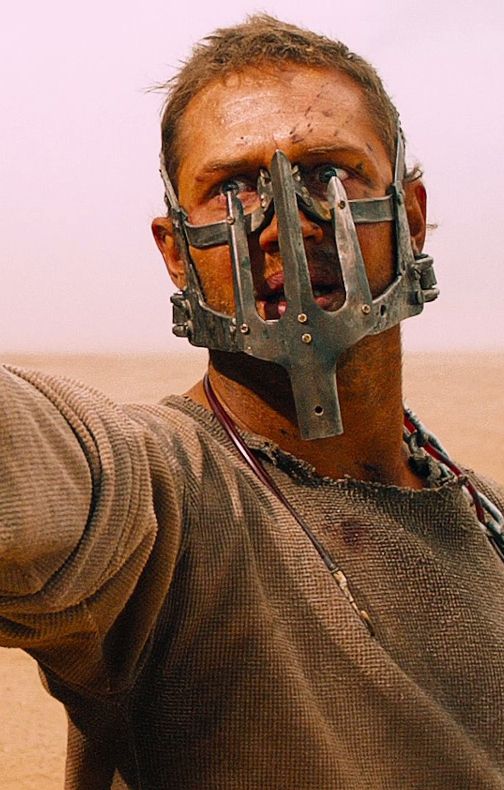Movies span a wide range of genres, each offering a unique storytelling experience that caters to diverse tastes and preferences. Here are some of the major movie genres, along with brief explanations of each:
Action:
Definition: Action films are known for their emphasis on physical feats, intense battles, and thrilling sequences. They often feature protagonists facing dangerous situations, with a focus on high-stakes conflicts, explosions, and impressive stunts.
Examples: “Die Hard,” “Mad Max: Fury Road,” and the “John Wick” series.

Comedy:
Definition: Comedy movies aim to entertain and amuse the audience through humor and lighthearted storytelling. They often rely on witty dialogue, humorous situations, and exaggerated characters to provoke laughter.
Examples: “Dumb and Dumber,” “Bridesmaids,” and “The Hangover.”

Drama:
Definition: Drama films explore realistic and emotionally charged narratives, often focusing on character development and intricate storytelling. They tackle serious themes and human experiences, eliciting strong emotional responses from viewers.
Examples: “The Shawshank Redemption,” “The Godfather,” and “Schindler’s List.”
Horror:
Definition: Horror movies are designed to evoke fear and suspense, often featuring supernatural elements, monsters, or psychological terror. They play on the audience’s deepest fears to create a chilling and unsettling experience.
Examples: “The Exorcist,” “The Shining,” and “Get Out.”
Science Fiction (Sci-Fi):
Definition: Sci-fi films explore speculative concepts often related to futuristic technology, space exploration, or alternative realities. They push the boundaries of imagination and often involve advanced scientific and technological themes.
Examples: “Blade Runner,” “The Matrix,” and “Interstellar.”
Fantasy:
Definition: Fantasy movies transport viewers to magical worlds, featuring mythical creatures, enchanted landscapes, and often, a battle between good and evil. They rely heavily on imagination and often draw from folklore and mythology.
Examples: “The Lord of the Rings” series, “Harry Potter” series, and “The Chronicles of Narnia.”
Mystery:
Definition: Mystery films involve solving a puzzle or uncovering hidden truths. They often revolve around crime, detective work, or suspenseful plot twists that keep the audience guessing until the end.
Examples: “The Usual Suspects,” “Gone Girl,” and “Seven.”

Romance:
Definition: Romance films focus on love and relationships as central themes. They explore the complexities of romantic connections, often featuring emotional conflicts and heartwarming moments.
Examples: “The Notebook,” “Pride and Prejudice,” and “Before Sunrise.”
Thriller:
Definition: Thrillers are characterized by suspenseful and tension-filled narratives. They often involve danger, unexpected twists, and intense situations that keep the audience on the edge of their seats.
Examples: “The Silence of the Lambs,” “Inception,” and “Se7en.”
Animation:
Definition: Animated films use various animation techniques to tell stories, appealing to audiences of all ages. They can belong to various genres, including comedy, adventure, or fantasy, and are not limited to a specific target audience.
Examples: “Toy Story,” “Frozen,” and “Spirited Away.”
Documentary:
Definition: Documentaries present real-life events, people, or issues in a factual and informative manner. They aim to educate, inform, and sometimes advocate for social or environmental change.
Examples: “Fahrenheit 9/11,” “March of the Penguins,” and “Blackfish.”
Historical:
Definition: Historical films depict events, figures, or settings from the past. They often combine elements of drama and authenticity to provide a glimpse into historical periods and cultures.
Examples: “Braveheart,” “Schindler’s List,” and “Gladiator.”
Musical:
Definition: Musicals integrate music and dance into the narrative, with characters breaking into song to express emotions or advance the plot. They offer a unique blend of storytelling and musical performance.
Examples: “The Sound of Music,” “La La Land,” and “Les Misérables.”
Western:
Definition: Western films are typically set in the American Old West and often feature cowboys, outlaws, and frontier life. They explore themes of justice, survival, and the clash between civilization and the untamed wilderness.
Examples: “The Good, the Bad and the Ugly,” “Dances with Wolves,” and “Unforgiven.”
These genres provide a broad spectrum of cinematic experiences, catering to the diverse tastes and preferences of audiences worldwide. From the heart-pounding action of a thriller to the heartwarming tales of romance, the world of movies offers something for everyone.